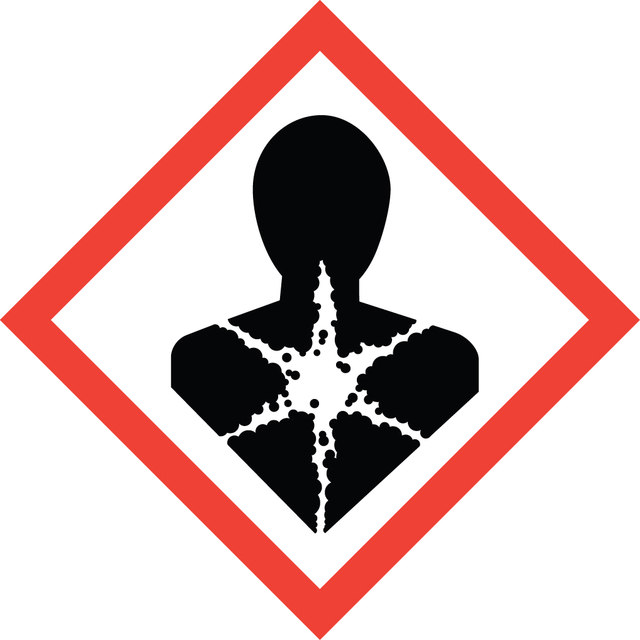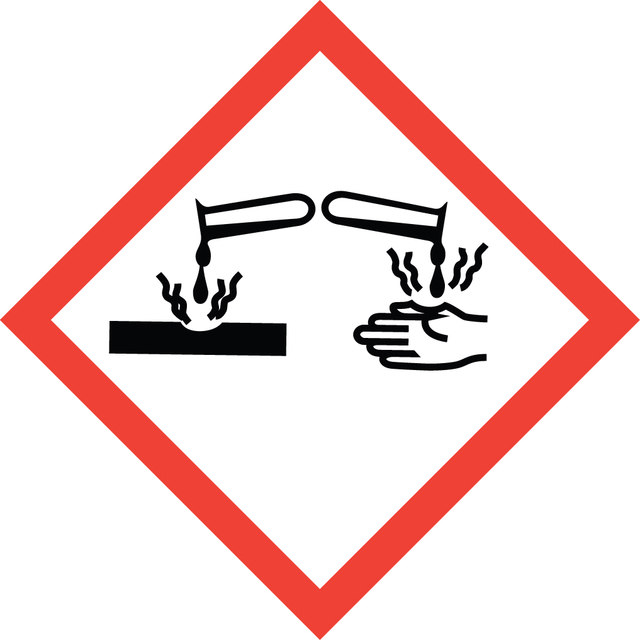Select a Size
About This Item
Product Name
p-Nitrophenyl Phosphate Liquid Substrate System, liquid
form
liquid
Quality Level
shipped in
wet ice
storage temp.
−20°C
SMILES string
[Na+].[Na+].[O-][N+](=O)c1ccc(OP([O-])([O-])=O)cc1
InChI
1S/C6H6NO6P.2Na/c8-7(9)5-1-3-6(4-2-5)13-14(10,11)12;;/h1-4H,(H2,10,11,12);;/q;2*+1/p-2
InChI key
VIYFPAMJCJLZKD-UHFFFAOYSA-L
Related Categories
General description
Application
Biochem/physiol Actions
Physical form
Disclaimer
Signal Word
Danger
Hazard Statements
Precautionary Statements
Hazard Classifications
Eye Dam. 1 - Met. Corr. 1 - Repr. 2 - Skin Irrit. 2 - STOT RE 2 Oral
Target Organs
Kidney,Liver,Blood
Storage Class Code
8B - Non-combustible corrosive hazardous materials
WGK
WGK 3
Flash Point(F)
Not applicable
Flash Point(C)
Not applicable
Choose from one of the most recent versions:
Already Own This Product?
Find documentation for the products that you have recently purchased in the Document Library.
Which document(s) contains shelf-life or expiration date information for a given product?
If available for a given product, the recommended re-test date or the expiration date can be found on the Certificate of Analysis.
How do I get lot-specific information or a Certificate of Analysis?
The lot specific COA document can be found by entering the lot number above under the "Documents" section.
How should Product N7653, p-Nitrophenyl Phosphate Liquid Substrate System, be used?
Information on usage is found in our product information sheet (under Documents, above).
What type of application can Product N7653, p-Nitrophenyl Phosphate Liquid Substrate System, be used in?
This product is recommended for ELISA (microwell) procedures and is not recommended for membrane applications.
What is the concentration of Product N7653, p-Nitrophenyl Phosphate Liquid Substrate System?
The concentration of this product is considered proprietary.
How do I find price and availability?
There are several ways to find pricing and availability for our products. Once you log onto our website, you will find the price and availability displayed on the product detail page. You can contact any of our Customer Sales and Service offices to receive a quote. USA customers: 1-800-325-3010 or view local office numbers.
What is the Department of Transportation shipping information for this product?
Transportation information can be found in Section 14 of the product's (M)SDS.To access the shipping information for this material, use the link on the product detail page for the product.
My question is not addressed here, how can I contact Technical Service for assistance?
Ask a Scientist here.
Articles
NBT-BCIP substrate system aids in western blotting and immunohistological staining, producing a blue-purple insoluble end product.
硝基蓝四唑(NBT)可与碱性磷酸酶底物5-溴-4-氯-3-吲哚基磷酸盐(BCIP)一起用于蛋白印迹和免疫组织染色程序。这些底物系统产生不溶的NBT二甲终产物,其颜色为蓝至紫色,可以通过视觉观察到。
Related Content
General Information
Instructions
Our team of scientists has experience in all areas of research including Life Science, Material Science, Chemical Synthesis, Chromatography, Analytical and many others.
Contact Technical Service
